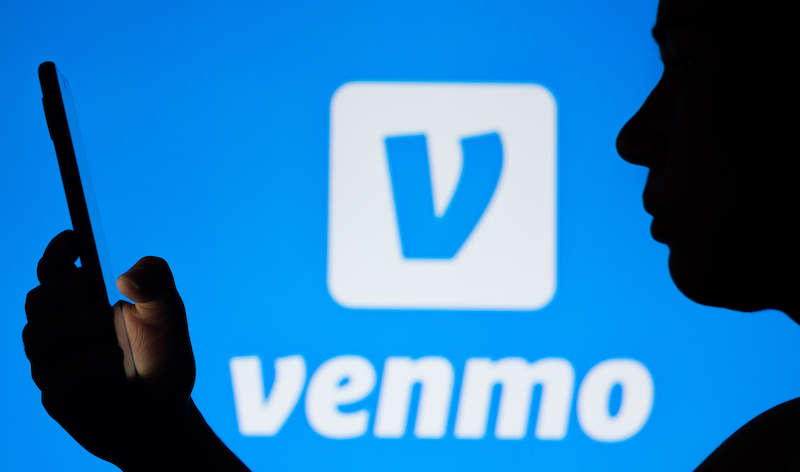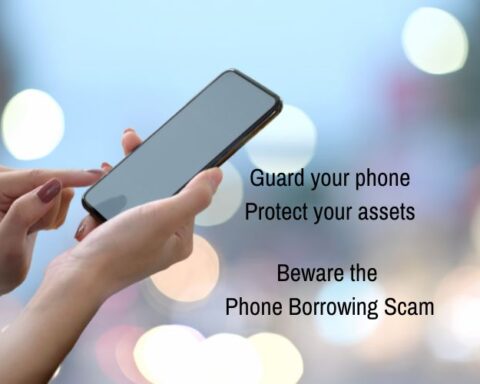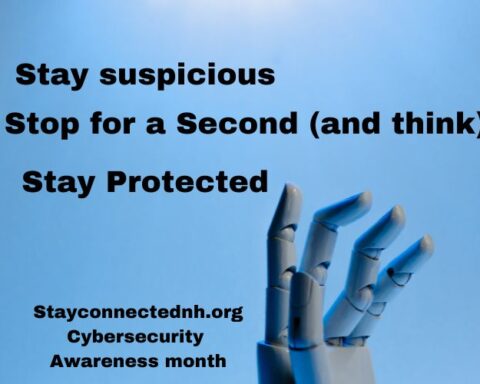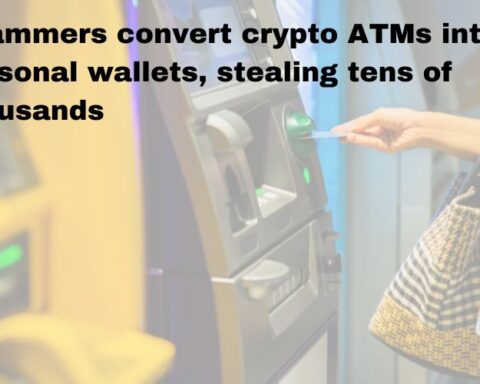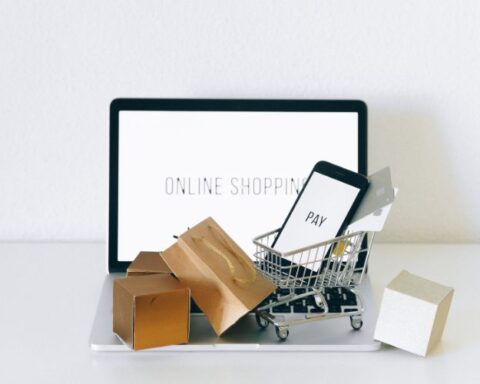Scammers increasingly turning to P2P payment apps
Original article in Fraud Alerts /by Fraud.org staff
Peer-to-peer (P2P) payment platforms like Apple Pay, Zelle, Venmo, and Cash App, offer a fast and convenient way to settle restaurant bills with your friends and send money to your family. Unfortunately, they are also becoming a popular payment method for scammers.
NCL has recently received an increasing number of complaints from consumers who report that they’ve lost money after a fraudster asked them for payment via a P2P payment network. One complaint we received from a consumer in Indiana is typical of the scam:
“I found a website that claims to sell French Bulldog puppies. … Once you pay [for] them using Zelle, they promise to ship the puppy the next day. … After the puppy shipped, I was contacted by ‘the shipping company’ who said the puppy passed all its health exams, but they needed a payment of an additional $900 for insurance.”
After the consumer paid the “insurance,” the shipping company came back asking for an additional sum for added on fees. The consumer never received the puppy, even after paying all the additional fees.
Although the example above is also an example of the very common puppy scam, we have also received reports of fraudsters requesting payment via a P2P payment service for other types of scams including the fake check scam, romance scams, and the online retail/classified advertisement sale scam. Many consumers mistakenly believe that P2P payment systems have protections similar to a debit or credit card since many P2P payment systems are affiliated with banks. This is not true. Once you send money via a P2P payment system, it is nearly impossible to get the money back or refunded.
While the P2P payment scam can be costly, there are several steps you can take to avoid falling victim to this scam:
Don’t use P2P services to purchase products. If an online retailer requires payment via a P2P payment service, it is probably a scam.
Only pay with P2P services to people you know. P2P payments are meant to be used between friends and family, or with people you know well and trust, like your hairdresser or a babysitter.
Double- and triple- check the address, username, or phone number of the person you are trying to send money to. If you make a mistake, and send the money to the wrong person, it can be very difficult or even impossible to get the money back. If you are worried you may have the wrong person, double-check the email address/username, and try sending a small amount first to confirm that your intended recipient received it.
Opt-in for stronger security. Almost every popular P2P platform offers the ability to create a personal identification number (PIN). Once the PIN is created, a user will be required to enter it when they open the app, or before they are able to transfer money. This extra layer of security can help protect your money if your phone falls into the wrong hands.
Have you been a victim of a P2P payment scam? We want to know! You can file a complaint at Fraud.org via our secure online complaint form. We’ll share your complaint with our network of more than 90 law enforcement and consumer protection agency partners who can and do put fraudsters behind bars.

